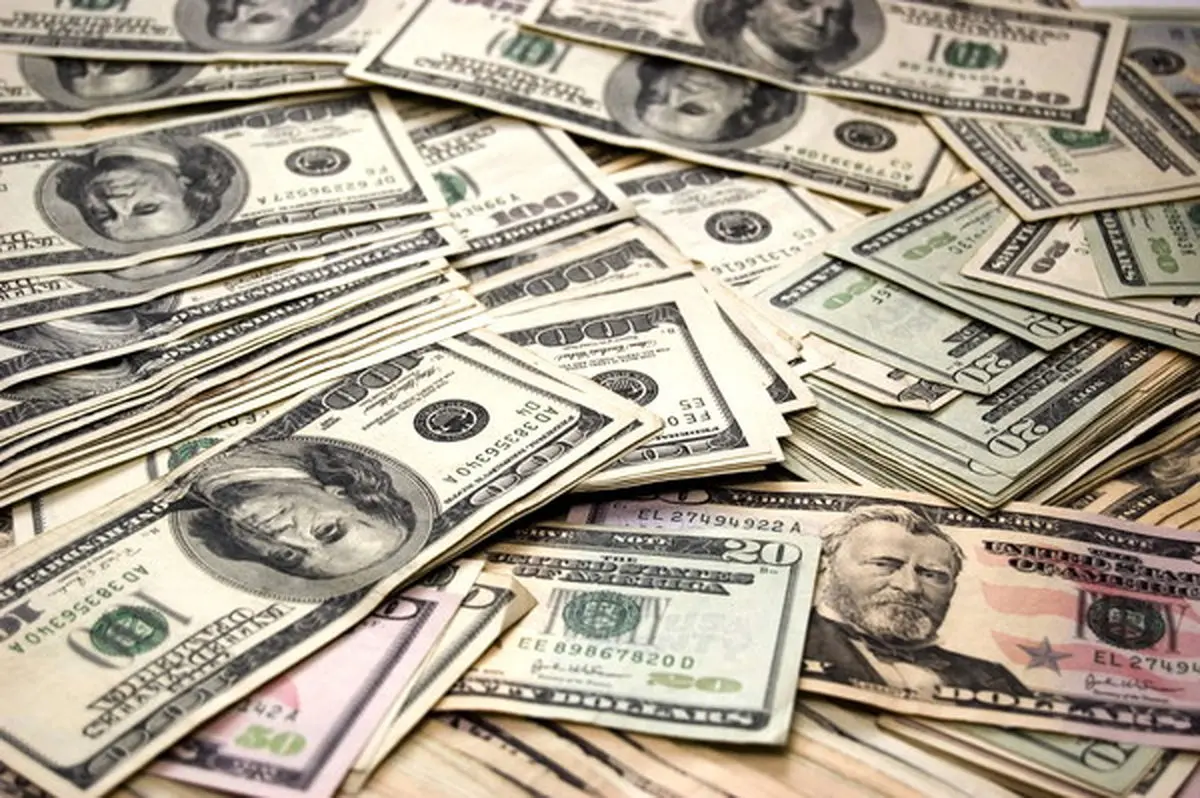Dollar wallows near two-year low as coronavirus keeps Fed in a bind

The dollar languished near two-year lows on Wednesday as the United States struggled to contain a spike in coronavirus cases, dashing hopes for a quick economic recovery.
The dour outlook for the world’s largest economy is expected to see the U.S. Federal Reserve sticking to a dovish stance at its policy review later in the day, with dollar bears betting it could hint of other ways to loosen policy further down the road.
The dollar index against six major currencies stood at 93.720 .DXY, near its lowest since June 2018 this week.
The euro traded at $1.1723 EUR=, up slightly on the day though it has stepped back a tad from Monday's 22-month high of $1.17815.
The dollar changed hands at 105.05 yen JPY=, near a 4-1/2-month low of 104.955 hit the previous session.
Its weakness stemmed from an eroding perception that U.S. economic growth would be stronger than the rest of the developed world and that investors could count on higher returns in the dollar.
U.S. consumer confidence fell more than expected in July, losing steam following two months of recovery, in a fresh sign that rising COVID-19 infections are dampening consumption.
Four U.S. states in the south and west reported one-day records for coronavirus deaths on Tuesday and nationwide cases stayed high.
“Given the concerns about the second wave of infections, markets think the Federal Reserve is likely to take a dovish policy stance,” said Yujiro Goto, chief FX strategist at Nomura Securities.
Investors will be watching for any indications that the U.S. central bank will increase its purchases of longer-dated debt, implement yield caps or target higher inflation than it has previously indicated when it concludes its two-day meeting on Wednesday.
Goldman Sachs on Tuesday noted that a potential Fed shift “towards an inflationary bias” along with record high debt levels by the United States government are raising “real concerns around the longevity of the U.S. dollar as a reserve currency.”
Such worries are spurring a rush to gold, which last stood at $1,963.5 per ounce XAU=, near its record high of $1,980.5 per ounce on Tuesday.
In fact, some market players think the dollar is long overdue for a pullback after the Fed’s unprecedented money-printing since March to cope with a pandemic-triggered recession.
The Fed’s balance sheet has swelled about $3 trillion to as high as $7.17 trillion, much faster than those of other central banks as banks and corporates around the world sought dollar liquidity to survive lockdowns, though the tally has shrank slightly in recent weeks.
Also weighing on the dollar were uncertainties over an additional fiscal package to support the economy.
Some Republicans in the U.S. Senate have pushed back against their own party’s $1 trillion coronavirus relief proposal while Democrats have called for much larger support, including a full extension of a $600-per-week enhanced coronavirus unemployment benefit.
The British pound fetched $1.2931, having hit a 4-1/2-month high of $1.2952 GBP=D4 on Tuesday.
The Australian dollar traded at $0.7170 AUD=D4, near its 15-month peak of $0.7184 touched a week ago, stepping back slightly after data showed Australia's consumer prices fell by a record in the second quarter.
END
